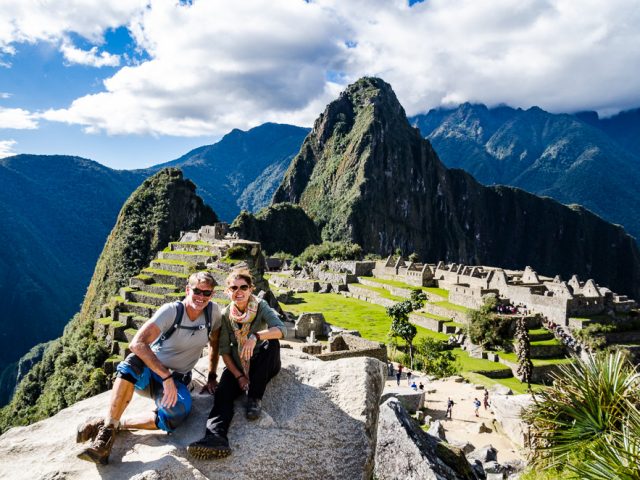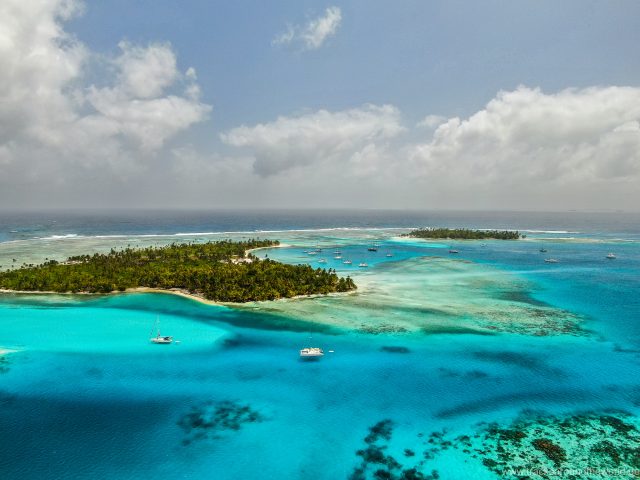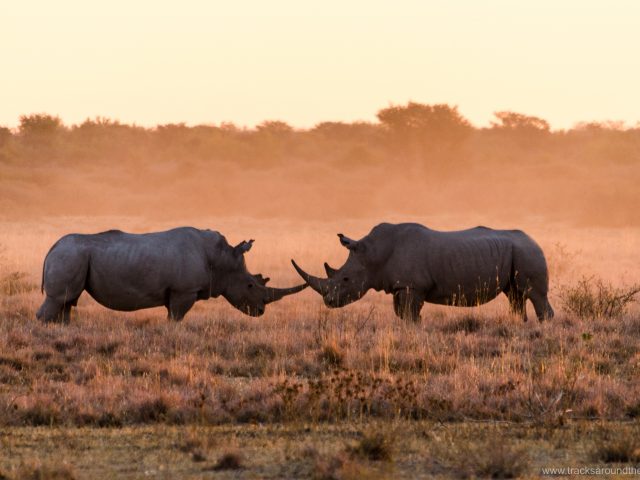We didn’t know much about the Russian Altai Mountains and viewed them more as a transit route from Kazakhstan to Mongolia. However, we had read that the National Geographic magazine has named the Chuysky Trakt – the name given to the more than 500 km main route through the Altai Mountains – one of the 10 most beautiful mountain roads in the world. So, a certain curiosity has been stimulated!
Entering Russia went well overall – leaving Kazakhstan (1 hour) and entering Russia (3 hours, including 2.5 hours of waiting) took our time, but there was no interview about our political views, no particularly intensive vehicle search, and overall very polite border officials. For us, the more than 600 km journey through the Altai Province to the actual Altai Mountains is like a trip through the “real” Siberia: endless expanses with vast agricultural areas, poor roads and tracks, horse-drawn carts on the road, etc. – somehow, you get the feeling that time has stood still. At some point, we see the first mountains in the distance, the houses transform into the typical, colorful Siberian wooden houses, and the number of tourists increases dramatically… all of them local Russian tourists, of course, for whom the Altai Mountains are one of the top inland vacation destinations in midsummer, as we unfortunately discover.
Gorno-Altalsk, the main town in the Altai Mountains, is completely unspectacular and has classic Soviet charm. Even the first 50 km on the highly praised Chuysky Trakt are rather sobering for us: we repeatedly get stuck in traffic jams, there are crowds of tourists everywhere and numerous souvenirs stands… this is not how we had imagined the journey through one of the most remote corners of Siberia, and on one of the world’s dream roads. After crossing the first few passes (with elevations of around 1,500 meters, these are of course no longer proper passes for us – after having crossed the Pamirs), the landscape slowly changes: fewer tourists, fewer hotels or cafés, but more spectacular and diverse mountain landscapes. At first, it looks like the foothills of the Alps, then like northern Canada or Alaska, and finally, near Mongolia, it becomes increasingly drier, less forested, and resembles the Drakensberg Mountains in South Africa. We’re increasingly noticing that landscapes – wherever we are in the world – repeat themselves… surely a sign that we’ve already seen a great deal on our travels and there’s very little that’s truly new for us. It sounds a bit arrogant, but it’s also somehow reassuring 😉.
An absolute highlight is the 200 km detour into the Chulyshman Valley – a deeply incised valley with the river of the same name – which has its own unique vegetation due to its very mild microclimate. The approach is mostly on dirt roads, and the Katu Yaryk Pass, which descends almost 900m in altitude over a distance of 3.5km in seven switchbacks, is particularly exciting… Not quite as steep as the Sani Pass from Lesotho to South Africa, but still more challenging than the always-described adventurous passes on the Pamir Highway. Down in the valley, we find fantastic overnight spots and, for the first time since North America, we take out our team member “Flipper” (our inflatable kayak), which we transport to the starting point with our quad bike “Shujoo” and then paddle a breathtaking 15 km downstream back to Shujaa through unique natural scenery. A truly fantastic and very contemplative experience… and we’ve used all our toys again (the cool mountain bike tour comes the next day)!
And so, an impressive 11 days in the Russian Altai come to an end, and we stand at the Mongolian border with some sadness… After being closed for a whole week due to the Nadaam festival in Mongolia, we find a sizable queue, even though we arrived one day prior to border opening. So, we have no choice but to line up and wait at spot number 48 until 9 a.m. the next morning, until the gates open. At a total of 7 hours, this will be our longest border crossing so far.































































